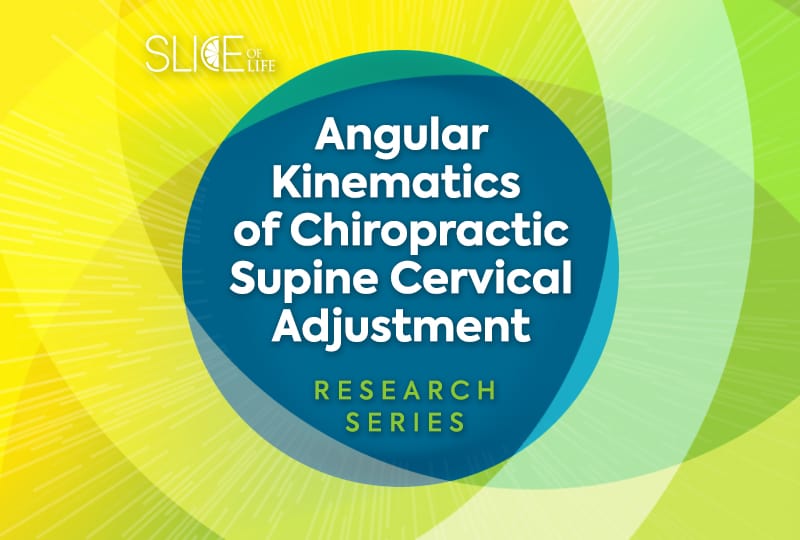Life University (Life U) Research Series
From Your Extraordinary LIFE (YEL) 2022 Edition
“Exploring Research Through the Eyes of Life U Students”
College of Chiropractic
Mackenzie Keller, D.C. Student; Brent Russell, M.S., D.C., Professor, Life
University, College of Chiropractic;
Chair, Institutional Review Board; Dr. Sid E. Williams Center for Chiropractic Research
“Angular Kinematics of Chiropractic Supine Cervical Adjustment”
Phase I of this research was conducted by Dr. Brent Russell and his colleague from Texas Chiropractic College, Shari Wynd, D.C., Ph.D., and completed in 2017.
RISE Scholarship recipient Mackenzie Keller worked with Dr. Russell on the second phase of this research. They performed 15 more adjustments with Keller’s involvement, adding to eight adjustments recorded in Phase I. From their research, they were able to present their paper at the Association of Chiropractic Colleges Research Agenda 2021 Virtual Conference (ACC-RAC). Life U received a Best in Conference Award for this paper at the 2021 conference, one of 10 received. Also, their paper, combining both Phase I and Phase II, is in review with the Journal of Manipulative & Physiological Therapeutics (JMPT). The revisions for this paper are complete, and the team is waiting for the official acceptance from JMPT. Other authors include Drs. Ron Hosek, Ed Owens and Kathryn Hoiriis.
“In a third phase, Mackenzie took on the role of principal investigator and is receiving a Research Track scholarship for the work. We recruited three groups based on level of experience: early-quarter students with training but no patient experience and later-quarter students with outpatient clinic experience (26 students in all) and 12 experienced DCs. They performed two thrusts with their left hand and two thrusts with their right hand on the PAT mannequins,” said Dr. Russell.
Every thrust was applied to a PAT mannequin, making the patient universal for the results and allowing them to collect more data. The IMUs were again used, and by performing four thrusts (something that would not be done on a human patient), they could look at the participant’s consistency of rotation and whether there were differences according to the dominant and non-dominant hands.
“The basic question for this research was ‘How much rotation does occur?’ Excessive rotation is claimed to be the culprit causing injuries during cervical adjustments. In this study, we found, on average, a little over 30 degrees of rotation (as a comparison, when a person looks over their shoulder, the normal limit is about 70-80 degrees). There wasn’t much difference in the rotation (two-three degrees at most) between the DCs performing adjustments on other DCs and thrusts performed on PAT by DCs or students at either level,” said Dr. Russell.
In conclusion, 30-33 degrees rotations are what they found and on average it was a 32-degree rotation on the patients.
This article was originally published in Your Extraordinary Life (YEL), Life University‘s Alumni and Friends Magazine, 2022- Volume 15. YEL started in 2009 as a twice-per-year publication before moving to three issues per year from 2010-2017. In 2018, University leadership made the decision to publish a larger, more elegant version of the magazine just once per year that our alumni and friends could be proud of. YEL features an in-depth look at all things Life University, from alumni and student human interest stories to recaps and previews of the University’s biggest events. If you are a proud Life University alumni, friend or supporter, this publication is one you can’t miss!
Read the latest issue and past issues at this link or pick up a print copy on campus.


Social Media